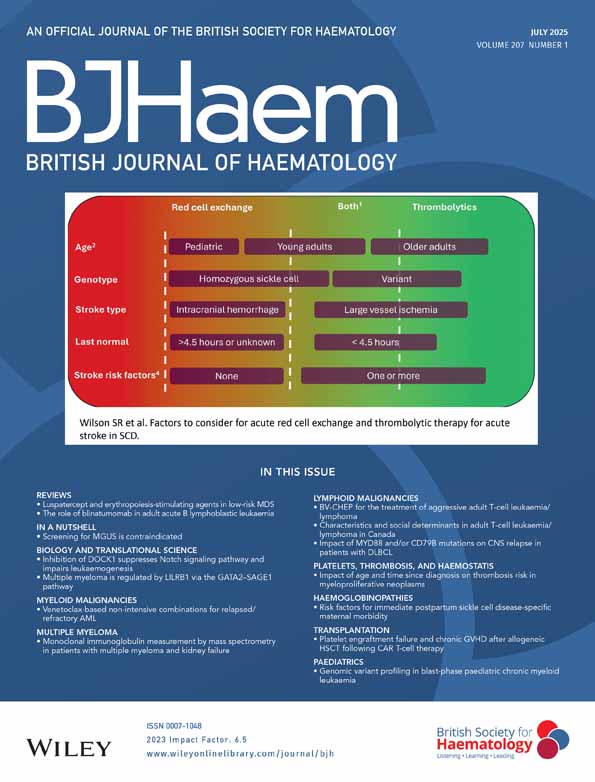Response to vaccination against different types of antigens in patients with chronic lymphocytic leukaemia
Abstract
We investigated responses to vaccination against pneumococcal polysaccharide, Haemophilus influenzae b (Hib) conjugate and tetanus toxoid antigens in 31 patients with chronic lymphocytic leukaemia (CLL) and 25 controls. While in the control group all antibody responses against different antigens were highly significant, in the patient group clear evidence for responsiveness was detected only in the case of Hib polysaccharide antigen. Certain CLL patient subgroups showed low reactivity against tetanus toxoid antigen. In conclusion, plain polysaccharide vaccines seem to be ineffective in patients with CLL. Conjugate vaccines, in turn, are immunogenic and may offer protection against infections caused by encapsulated bacteria in these patients. Further studies concerning an optimal vaccination scheme and clinical efficiency are warranted.




